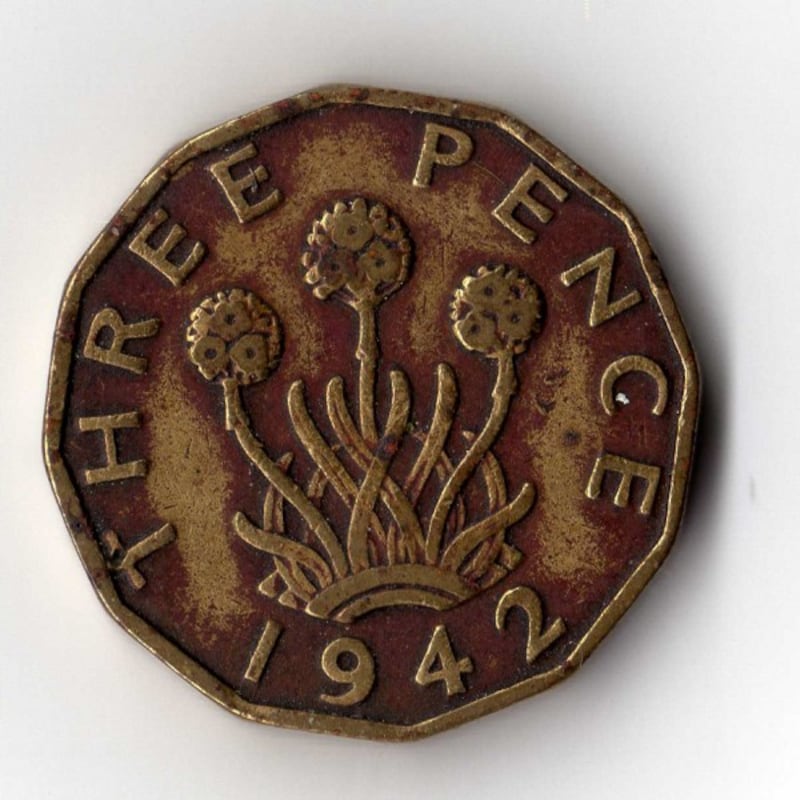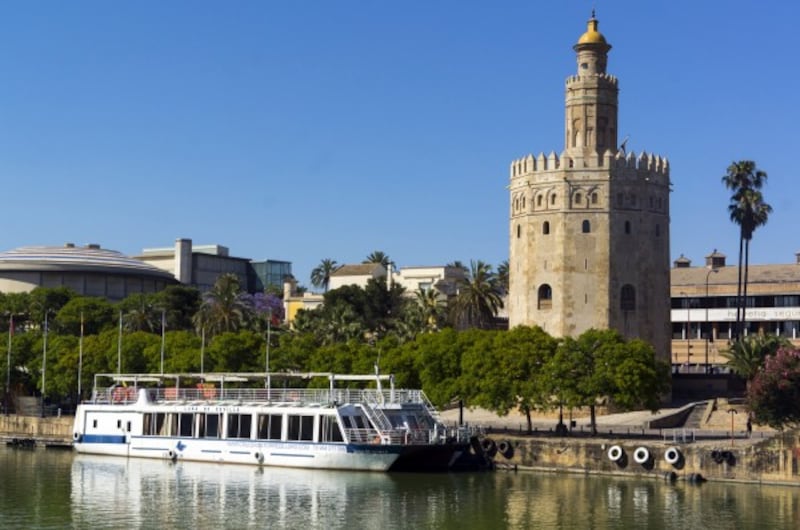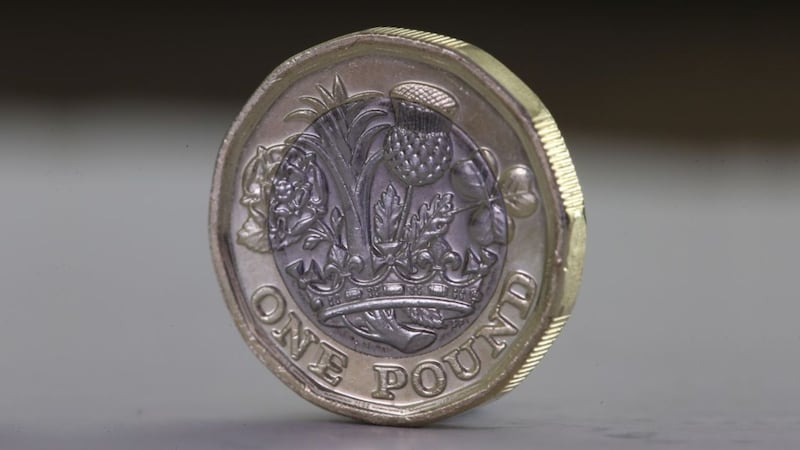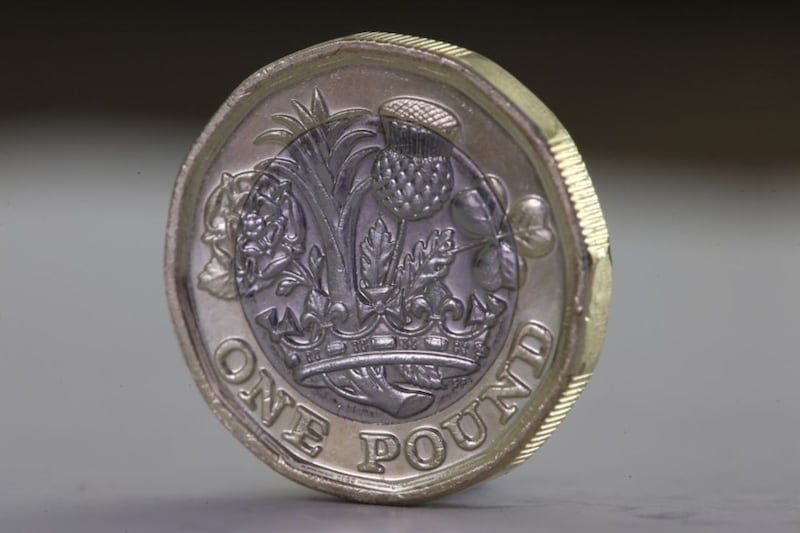As the news of the new £1 coin, which is set to come into circulation on March 28, continues to get a lot of buzz on the internet, the one word that’s got everyone’s attention is – yes you’ve guessed it – dodecagon.
Dodecagon is the word of the day.
— Dan Rattew (@DanRattew) March 27, 2017
You probably know this by now but in case you were wondering, a dodecagon is a 12-sided polygon, aka, a plane figure with twelve straight sides and angles.
If you're wondering what a shape with 12 sides is called.. It's a dodecagon. You're welcome. #newpound
— Lee Englestone (@LeeEnglestone) March 27, 2017
In one of the biggest changes in the United Kingdom coin industry for 30 years, the £1 coin will now have 12 milled edges and microlettering as well as a bimetallic composition to challenge counterfeiting.
Educational GIF – Find & Share on GIPHYDiscover & Share this Educational GIF with everyone you know. GIPHY is how you search, share, discover, and create GIFs.
But believe it or not, it’s not the first time a British coin has been given a dodecagonal shape.
In 1937, the three pence coin – also known as the threepenny bit – was given a similar shape but it ceased to be legal tender 1971.

Other 12-sided coins from around the world currently in circulation include the Australian 50 cent, the Fijian 50 cent and the Croatian 25 kuna.
The dodecagon also appears to be a popular choice in ancient buildings. The Torre del Oro is a dodecagonal military watchtower in Seville, Spain, which was built by the Almohad dynasty. The 13-century Vera Cruz church in Segovia, Spain also has a dodecagonal shape.

Another example is the Porta di Venere in Spello, Italy. It was built in the 1st century and has two dodecagonal structures, which are known as Propertius’ Towers.



